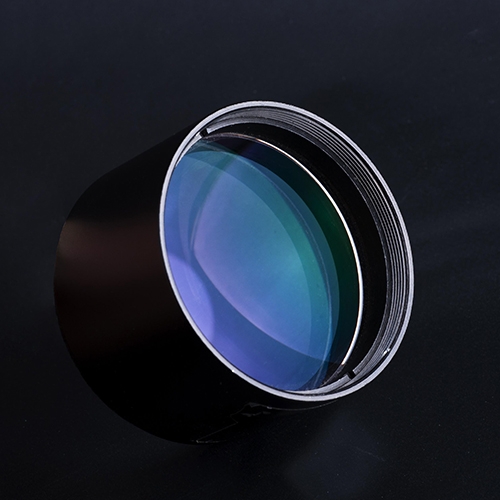Enterprise name:Huaian Dong Sheng Photoelectric Instrument Co., Ltd.
Contact: Wang Li
Telephone:0517-83852182
Mobile phone:15252390568
Mailbox:976723966@qq.com
Fax:
Address: No. 9, Haikou Road, Huaian economic and technological development area.
Website:www.zgdsgd.cn

Friends who first encounter telescopes will wonder about these questions: "how far can you see this telescope?" "How many times can this telescope magnify?" "How large can this telescope set up the stars in the sky?" In fact, these problems are wrong and meaningless. Xiaoci photoelectric Xiaobian for big gap and astronomical telescope.
It is used to show that the telescope parameters are not distances but magnification, that is, how many times the observed targets are pulled. For example, using 10 times telescope to observe objects outside 100 meters is equivalent to viewing at 10 meters.
Is "magnification" the first to consider the performance index of telescope? Absolutely not! The magnification of the telescope is limited. Due to the glass fabrication process, optical quality and other factors, the effective magnification of the telescope = the aperture millimeter of the telescope is X2. The magnification of this formula is no longer significant. If the selection multiplier is too large, the image quality will deteriorate seriously.
In fact, "how far" depends entirely on the brightness of the observed target. As long as the target is bright enough, it can be seen without a telescope. For example, about 6000 stars, which we can see with the naked eye, can actually be considered at infinity. More than 99.9% of the stars we see are stars, and the stars are so far away from us that, using the largest telescopes on the earth, they are still just a geometric highlight (the smaller the bright spot, the higher the optical imaging quality of the telescope, and conversely, if you see the star in the telescope, even there is a surface. " In color, it can be determined that the optical system is ill). Only the celestial bodies in the solar system (such as the sun, the planets, comets, etc.) or the celestial bodies (such as nebulae, galaxies, star clusters, etc.) outside the solar system can be magnified with the aid of a telescope.